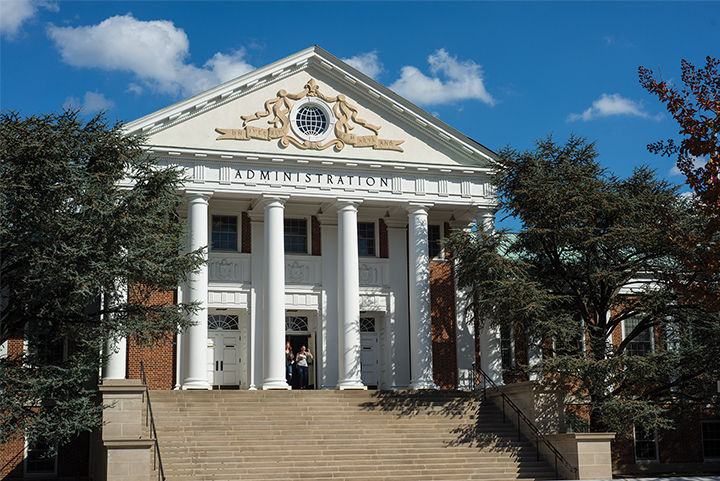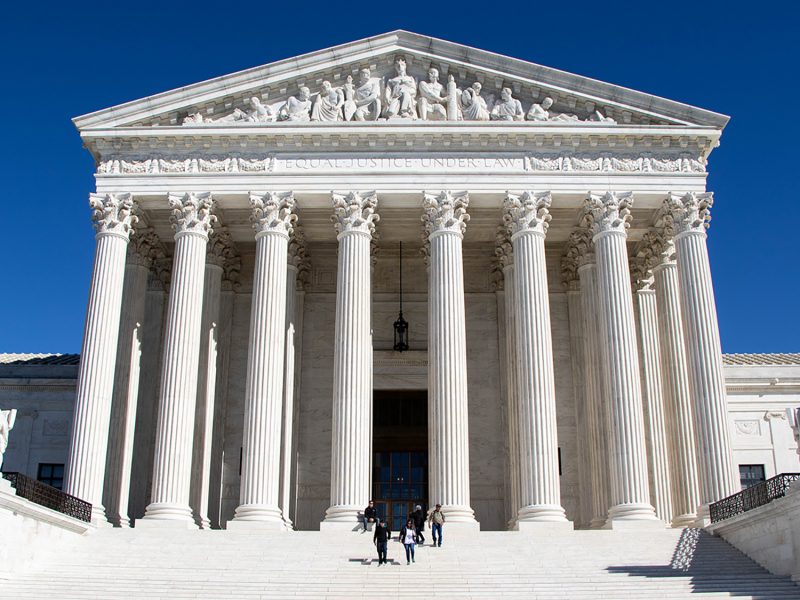Since the U.S. Education Department stopped providing details on resolved sexual violence investigations, University of Maryland students have expressed a desire for greater transparency.
“It’s kind of sketchy, for lack of a better word,” said Emily Wilson, a junior geographical sciences major. “Like, why aren’t you telling us?”
In January, the department changed its mechanism for disclosing information on sexual violence investigations, according to The Chronicle of Higher Education. Prior to January, the department released a weekly list of information on its sexual violence investigations, but the department switched to releasing an expanded version on its website, updated monthly — covering a spectrum of civil rights laws beyond Title IX, and giving secondary and post-secondary information, The Chronicle reported.
However, the change left out key information, such as identifying which investigations were resolved and the findings of those investigations, The Chronicle found after analyzing the website and following up with the department’s civil rights office. The Chronicle has been tracking all of the cases handled by the office and their results circa April 2011.
[Read more: Trump’s pick to lead the Education Department’s civil rights office draws concerns from UMD]
“Until January, the department provided this information and we were able to sort of use it and incorporate it into our tracker,” said Nick DeSantis, a senior editor for The Chronicle who wrote about the findings. “When you know when cases have been resolved, you can sort of take a closer look at things like: how long are these investigation taking, and what is sort of the typical length of an investigation and, over time, is this sort of time frame, and the length of the department’s investigations, is that changing?”
The department currently has three open investigations into how this university handles sexual violence issues. As of Monday, the federal government has conducted 458 investigations of colleges for the possible mishandling of sexual violence reports and, so far, 121 cases have been resolved, according to The Chronicle’s Title IX tracker.
Ruby Chervin, a junior government and politics major at this university, underscored the need for transparency in sexual violence cases.
“Knowing whether your campus is taking action, and if they take effective action, is really important,” Chervin said. “Because if, let’s say something happens to you, and you go to report it, and you don’t know if the campus will follow through, like campus police or the Title IX office is going to follow through, that information isn’t public — you’re not going to feel safe or comfortable reporting whatever happens to you.”
University spokeswoman Katie Lawson wrote in an email that this university’s Office of Civil Rights and Sexual Misconduct Director Catherine Carroll had “no immediate thoughts to share on the matter,” when sent The Chronicle’s article with its findings.
The U.S. Education Department has “no plans at this time to provide a further breakdown of the investigations data,” a spokesman for the department wrote in an email to the Chronicle.
[Read more: U.S. Education Department opens third investigation into UMD]
“OCR publishes the list of all cases under investigation as a public service. Users may determine new cases based on the ‘open investigation date.’ Should an investigation result in a resolution agreement with an institution, OCR typically publishes the agreement on its website as soon as it has been reviewed for privacy concerns and personally identifiable information, and other sensitive information has been removed. To search for resolution agreements, please visit OCR’s case resolution search engine online,” the email read.
Although the department plans to provide no further breakdown, colleges may give details of investigations on their campuses, which occurred at the University of California, Berkeley when a long-running investigation was resolved, The Chronicle reported. When the department resolved a case there, the university announced it and posted documents to its website.
Some students at this university expressed a desire for such details — such as the date of case resolution, and the manner in which cases were resolved — to be made public. Carolina Velloso, a first-year journalism graduate student, said transparency is important but noted the disclosure of that information should be up to the victims who filed the cases.
“It’s important that the victim feels like she has had every opportunity to have her case heard,” she said.



